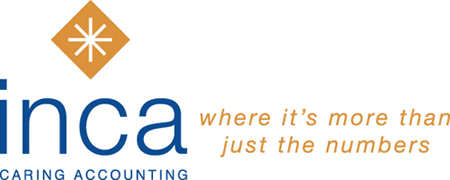Making the commitment to get married or enter into a civil partnership means you agree to share everything with your life partner. As well as jointly shouldering the responsibilities and chores that go along with living together, for most couples this will also mean pooling incomes.
It’s very likely that over time, the incomes of both parties in a relationship will fluctuate, adjusting to changing circumstances. One partner may take time out to bring up a family or care for a relative, return to study in preparation for a career change, go part-time, be made redundant, or leave salaried employment to set up a business. Just a few of the planned and unplanned things that can affect a couple’s joint income.
Throughout this roller coaster of a journey, you’ll want to make certain that between the two of you, you’re getting everything you’re entitled to so you can optimise your household income.
One thing you should do if you or your partner has an annual income below £12,500, and the other is a basic rate taxpayer, is to make sure you take full advantage of the tax rules on Marriage Allowance to reduce your tax liability as a couple.
First introduced to take effect in the tax year 2015 – 2016, the Marriage Allowance lets a lower earning partner transfer their own unused tax-free Marriage Allowance to their husband, wife or civil partner. Currently, you can divert £1,250. Doing so will have the effect of reducing the higher earner’s tax liability by £250 in the next tax year.

Who Qualifies for Marriage Allowance?
You can benefit from Marriage Allowance so long as all the following apply:
- You’re married or in a civil partnership
- You do not pay income tax, or your income is below your Personal Allowance (usually £12,500)
- Your partner pays income tax at the basic rate, which usually means their income is between £12,501 & £50,000
If you are eligible for Marriage Allowance, HM Revenue and Customs (HMRC) will allocate the extra allowance to the higher earning partner, either by changing their tax code (which can take up to 2 months) or if they’re self-employed, when they send in their Self-Assessment tax return.
Once allocated, the Personal Allowance will transfer automatically to the higher earning partner every year until one of the partners chooses to cancel it, or until their circumstances change.
You Can Backdate Your Marriage Allowance Claim to 2015
The Marriage Allowance was first introduced for the tax year 2015 – 2016, and if you were eligible for any part of this period, you can backdate your claim to 6th April 2015.
The ability to backdate a claim is useful for business owners who are self-employed and may not be in a position to accurately calculate their total income until after the end of the tax year.
Protect Your Income: Make Sure Your Relationship is as Tax Efficient as Possible
Running a small business is extremely hard work. In the early days especially, money can be tight, and it will be vital you keep as much of the profit from your business as you can in your family.
At Inca, we specialise in working exclusively with owners of micro and small businesses, helping them to make sure that their family unit is as tax efficient as possible.
Contact Us
Your personal circumstances will be unique to you, so it’s crucial you get professional advice tailored to your individual situation. We can review your position and recommend how you can best protect your income for your family. Get in touch with us now to arrange a meeting by calling us on 01235 868888 or email us at [email protected].




